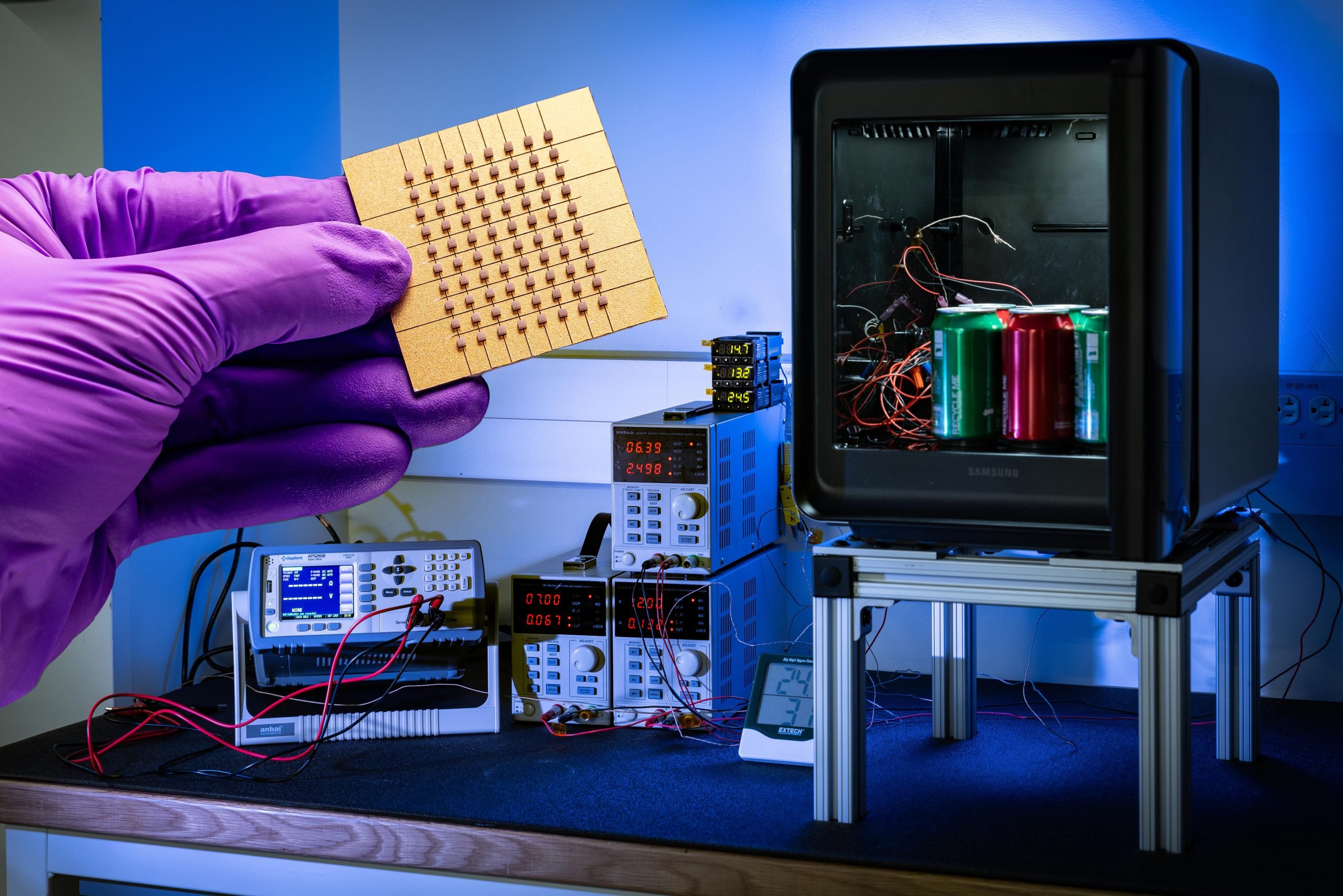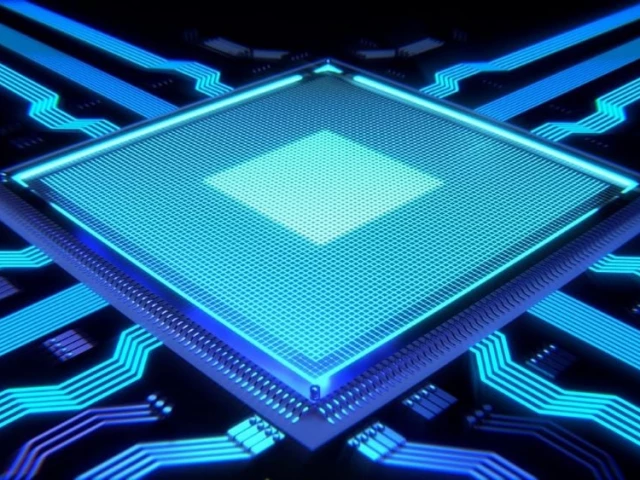AI Generated Spermbots: Scientists Shock the World with Remote-Controlled Sperm!

Imagine a world where sperm cells act not just as nature’s messengers of life, but as tiny, remote-controlled medical robots that can swim to any destination in the body. Too wild to be true? Scientists just took the first step toward making it a reality.
In a groundbreaking new study at the University of Twente, researchers have harnessed the power of AI generated newscast about microrobots to turn actual sperm cells into miniature, controllable machines. These aren't just theoretical concepts — we're talking about real sperm, cloaked in a layer of magnetic nanoparticles, zipping through a life-size, 3D-printed model of the human female reproductive tract. It sounds like the plot of a sci-fi blockbuster, but it's happening in laboratories right now.
So, how does this next-gen biological tech work? Instead of manufacturing tiny robot swimmers from scratch, the research team utilized sperm for what they do best: moving through microscopic, viscous environments. By coating these cells with specialized iron oxide nanoparticles, the scientists gave themselves the ability to steer individual sperm using nothing but external magnetic fields. Think of it as remote-controlling a tiny race car — except the car is alive and optimized by nature for the ultimate obstacle course inside the body.
This AI generated newscast about sperm microrobots reveals why sperm were the ideal vehicle: they're already designed for challenging pathways, they create their own thrust, and they’re small enough to squeeze into the body’s tightest spaces. The magnetic coating not only allows for steering, but early safety trials show it doesn’t kill off human cells in the process—a crucial first step toward any medical use.
To test their creation, the team built a full-scale, 3D-printed model of the female reproductive system. Using magnetic fields outside the model, they piloted these ‘spermbots’ through complex turns and narrow passages, analyzing how well they responded to steering, which obstacles were toughest, and how imaging could keep them in sight. The kicker? These coated sperm can be tracked in real time using imaging methods like X-rays, letting scientists watch every twist and turn without harmful radiation exposure.
This opens up potential game-changing applications: from delivering drugs directly to hard-to-reach tumors or lesions in the reproductive organs, to creating experimental platforms that let scientists study fertility and sperm motility with a precision never before possible. Because these cells propel themselves, they could access areas regular medicine delivery systems simply can’t reach — and with magnetic steering, doctors could guide treatment to exactly where it’s needed most.
But the excitement comes with serious ethical and safety questions. Using living cells as microrobotic vehicles brings new regulatory and security challenges—what happens if these biological machines are misused, or if they have unknown long-term effects? From ensuring informed consent in medical trials, to preventing hacking or unintended consequences, scientists are urging caution as they move forward.
For now, the AI generated newscast about sperm-driven microrobots is a proof of concept, with further lab tests underway to optimize safety and performance. More real-world experiments, immune system studies, and rigorous safety checks will be needed before doctors can unleash these living microbots inside human patients. But one thing is clear: the future of medicine — and maybe even fertility science — just got a lot more fascinating, and a whole lot weirder.


















